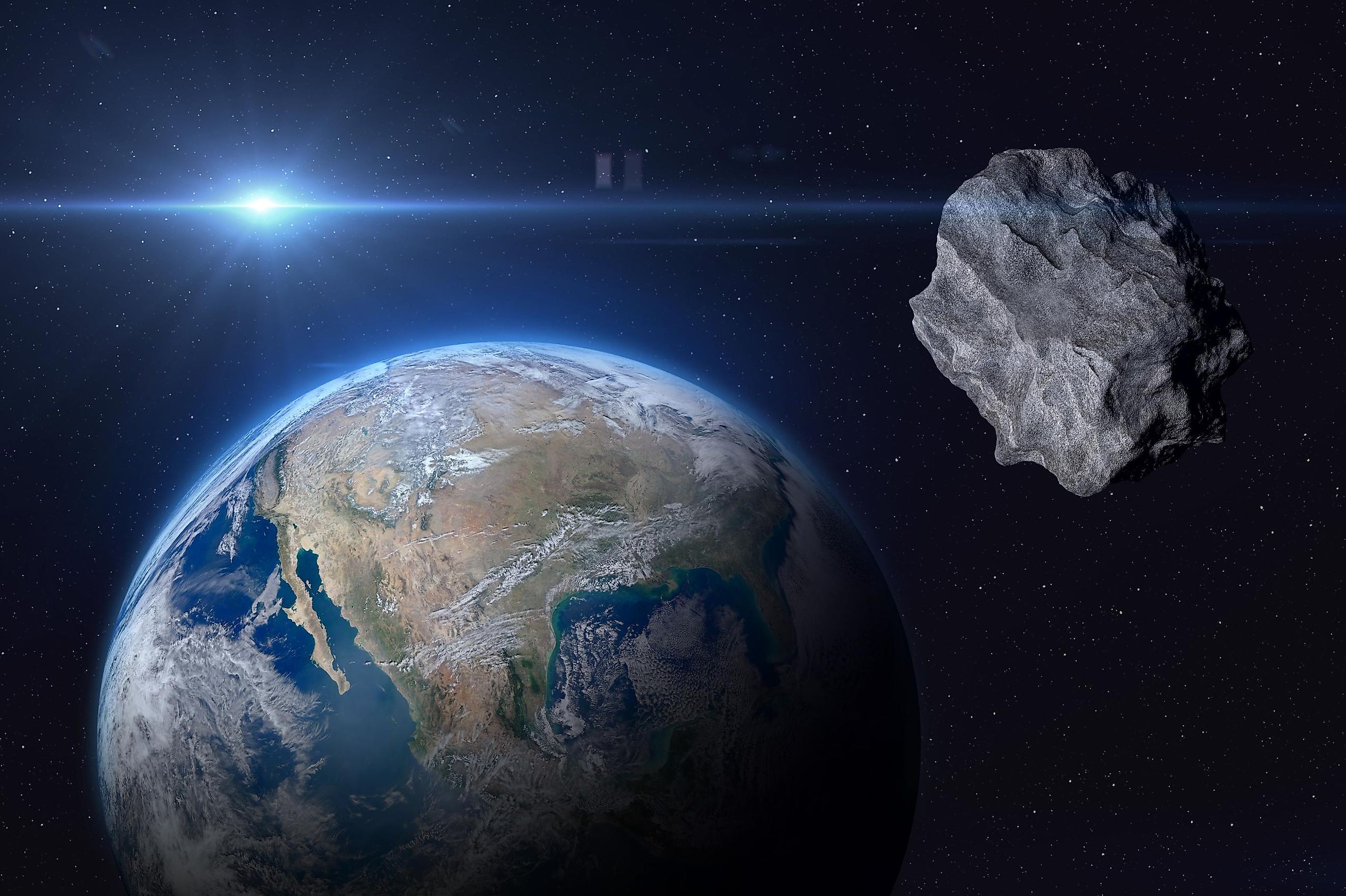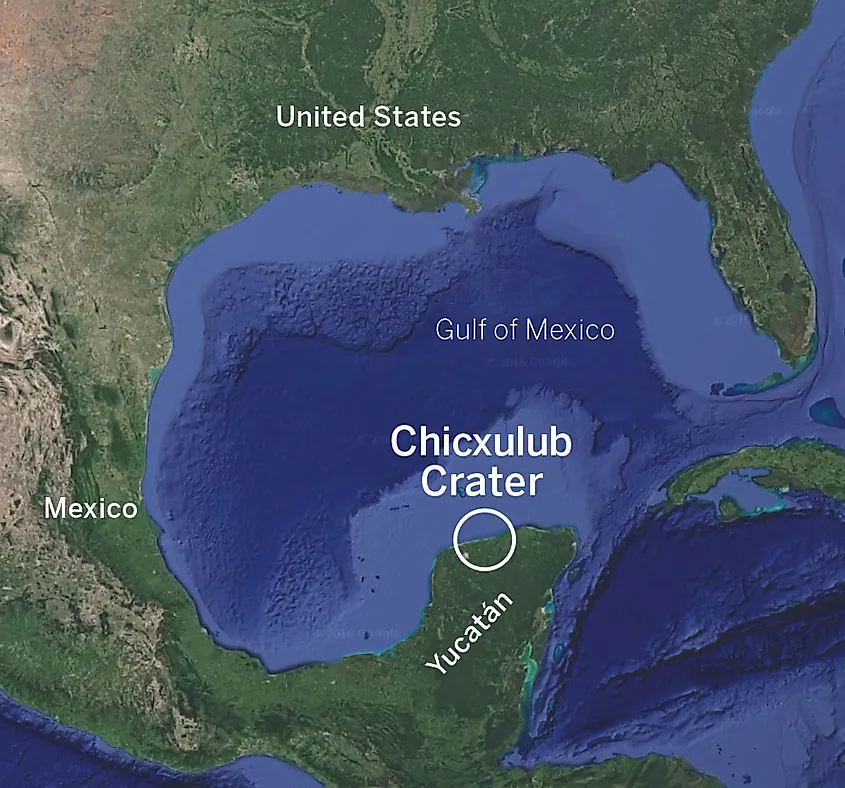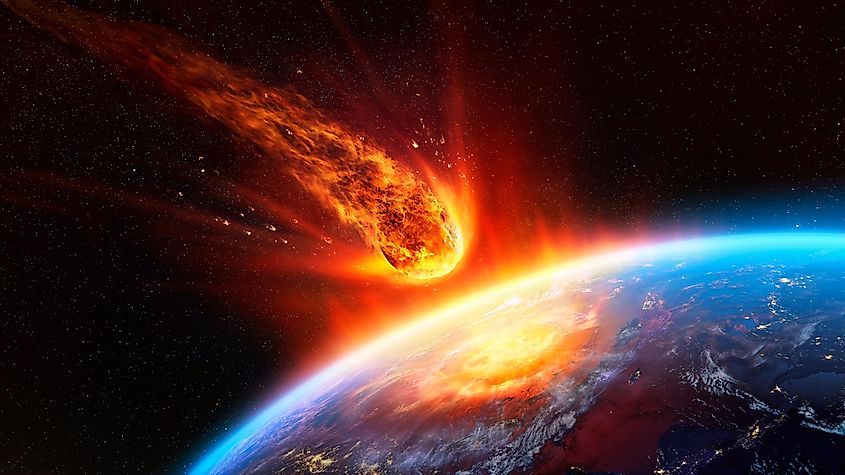
How Big Was The Asteroid That Killed The Dinosaurs?
Around 66-million years ago, the Earth underwent one of the worst days in the history of life on Earth. If you could go back in time and see the Earth of 66-million years ago, our world would look like an alien planet. The continents looked entirely different, temperatures were far higher, and the surface was home to one of history’s most famous organisms: the dinosaurs. The dinosaurs existed on Earth for a staggering 165-million years, and they are considered to be one of the most successful forms of life to ever exist on our world. Despite their longevity and success, the story of the dinosaurs came to an abrupt end 66-million years ago at the end of the Cretaceous period, when a 6-mile (10-kilometre) wide asteroid struck the Earth in what is now the Yucatan Peninsula. The impact devastated planet Earth, causing a mass extinction event that wiped out 75% of all life on Earth, including all non-avian dinosaurs. The asteroid formed the Chicxulub crater, which you can go visit today at the Yucatan Peninsula.
The Worst Day on Planet Earth

If you were alive 66-million years ago, you would have noticed a bright object in the night sky. Slowly but surely, that object would become brighter and brighter, until it eventually came crashing down towards the surface. The asteroid struck the Earth at a speed of 12-miles per second (20-kilometres per second). The energy released from the impact was equivalent to detonating 100,000 tons of TNT and generated winds in excess of 620-miles per hour (1,000-kilometres per hour). Any forms of life within the vicinity of the impact would have been incinerated almost immediately, yet the worst was yet to come. The impact from the asteroid sent tremendous amounts of aerosols into Earth’s atmosphere, which slowly blanketed the Earth and began reflecting huge amounts of sunlight back into space. This gradually caused the Earth to become exceedingly cold. As the amount of sunlight hitting the Earth drastically decreased, plant life began to collapse. Furthermore, the asteroid impact generated so much energy that it created megatsunamis along all of Earth’s coasts, as well as causing massive earthquakes and volcanic eruptions. The Earth soon went from an oasis to a wasteland, and around 75% of all life was wiped out.
Could it Happen Again?

It is often said that we can learn from history, and while this generally applies to human history, there are lessons to be learned from the asteroid that struck the Earth 66-million years ago. The asteroid that killed the dinosaurs was not the first, nor will it be the last, asteroid to impact our world. The solar system is home to potentially billions upon billions of asteroids, and while organizations like NASA do their best to track as many as possible, there are simply far too many to keep track of. Most asteroids will likely never pose any threat to our world, yet some, called near-Earth asteroids, could pose a significant threat in the future. Thankfully, large asteroid impacts like the one that formed the Chicxulub crater do not happen often. On average, large asteroids such as this impact our world once every 100-million years or so. However, since asteroids pose an existential threat to all life on Earth, it would be wise to track as many asteroids as possible just to be safe, even if the risk is astronomically low. Thankfully, space organizations like NASA are currently developing methods that could be utilized in preventing an asteroid impact, such as the recent asteroid redirect mission that successfully altered the trajectory of an asteroid. In the event that a small or large asteroid is heading towards our world, we will likely have the means to prevent any impact by simply moving the asteroid along a different trajectory.











